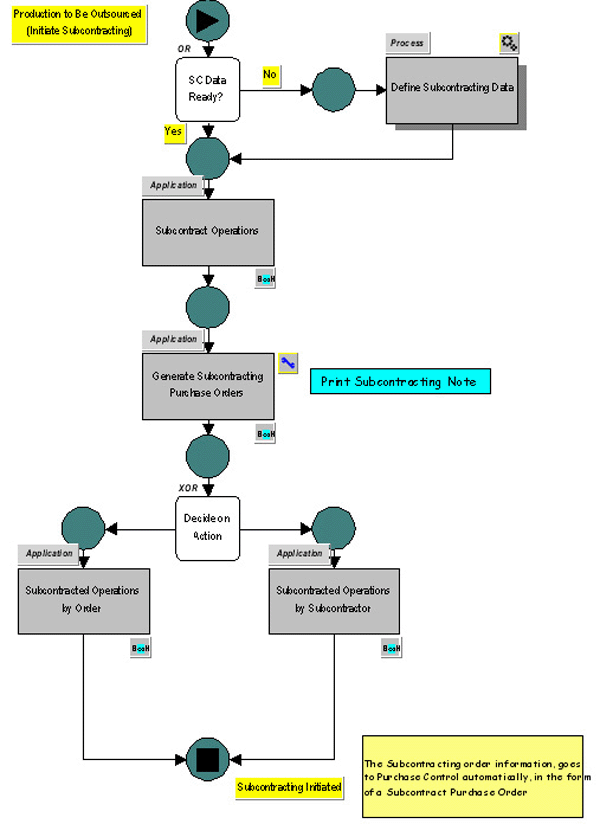Cost Estimate and Accounting in ERP
February 12, 2025
 Google: Conflicts of Interest
Google: Conflicts of Interest
Google is the most dominant search engine in the United States as well as in the world. It controls more than two-thirds of the readership in the United States. This means that if it were an actual newspaper, Google would have been open to antitrust violation lawsuits. Google has a greater stranglehold on the readership […]
 How Firms and Corporates Grow in any Economy
How Firms and Corporates Grow in any Economy
The rules of economics and business are such that in any economy, old or new, recession or boom, the basic rules governing growth are the same. Indeed, ever since the modern day capitalist model of business emerged, growth at any cost and in any economy has been the driving force behind all the decisions that […]
 China’s Wealth Gap Problem
China’s Wealth Gap Problem
Traditionally China has been one of the red states. This means that China traditionally adopted the policy of communism. Hence, one would expect the income and wealth disparity in China to be limited. However, surprisingly, that is not the case. China has one of the biggest wealth disparities in the world. For instance, the top […]
 Why is India Following a Loose Monetary Policy?
Why is India Following a Loose Monetary Policy?
Ever since the great recession ended in 2009, the entire world has been following loose expansionist monetary policies. However, after a decade of such policies, most countries in the world have now started resorting to monetary tightening. The Federal Reserve has raised interest rates four consecutive times in the past four years. The Reserve Bank […]
 What is Hypothesis Testing ?
What is Hypothesis Testing ?
What is Hypothesis Testing ? Hypothesis testing is one of the statistical method used to confirm the effect that critical few inputs have on the outputs. Hypothesis testing must be used when the inputs are measured discretely. The outputs may be discrete or continuous. However the inputs must be discrete, if the inputs are continuous […]
Production Order Subcontracting - In the age of production outsourcing and the organizational focus on their core competency, subcontracting of production orders is assuming greater importance. In addition to the business functionality necessary for producing goods in house, sub contraction operations necessitates some additional business process such as generation of sub contracting purchase order.
Sub contracting is normally planned, but sometime may be unplanned to meet exigency of a situation, such as breakdown of a plant. Normally, an ERP system treats subcontracting similar to procurement of a service.
A typical flow chart of subcontracting production order is as follows:

Procedure for subcontracting production orders: A few details of the process (in addition to normal procedure of production order control), as shown in the flow chart, is given below:
Materials Issue - When a production order is carried out, required materials from warehouses is needed to be issued. There are various ways of releasing materials for a production order, as detailed below.
Your email address will not be published. Required fields are marked *